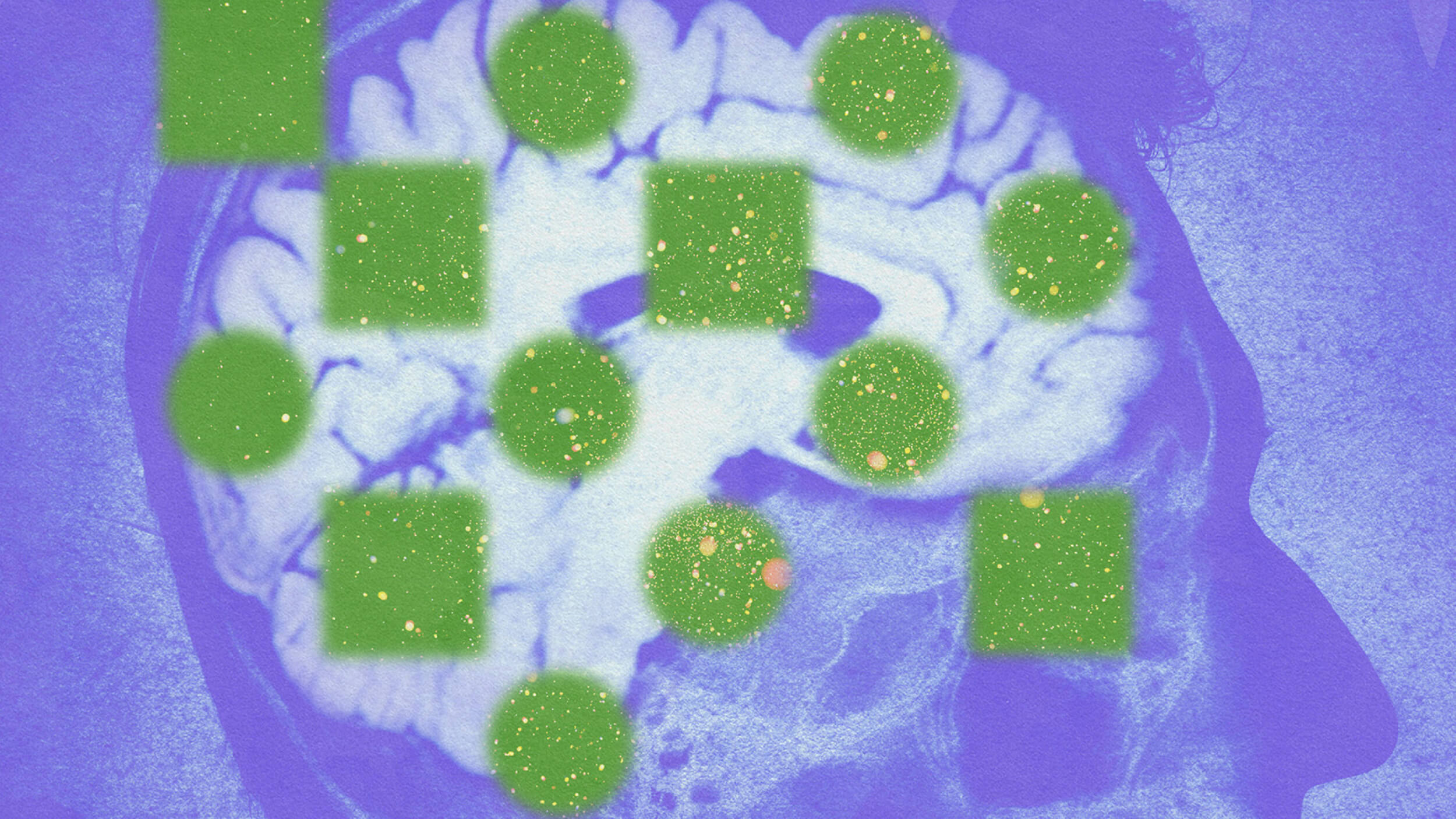75% of Americans now believe humans fuel climate change

- The polls were conducted by CBS News and The Washington Post with the Kaiser Family Foundation.
- Both indicate that more Americans believe humans cause climate change, with roughly half saying it’s a “crisis.”
- It’s unclear what exactly is changing Americans’ opinions on climate change, but young people seem to play a significant part in the shift.
A strong majority of Americans believe humans are fueling climate change, with roughly half of respondents saying action is urgently needed, according to two recent polls.
The results come from a CBS News Poll, which was released as part of Covering Climate Now, and another unrelated poll conducted by The Washington Post and the Kaiser Family Foundation (KFF). The CBS poll found that, among Americans:
- About 70 percent believe human activity contributes “a lot” or “some” to climate change.
- About 56 percent believe humans should act on climate change “right now.”
- About 48 percent believe humans can “slow, but not stop” climate change.
- About 64 percent agreed climate change is a “serious problem/crisis.”
- About 91 percent believe the earth is experiencing climate change in some way.
The Washington Post-Kaiser poll indicated that, among Americans:
- About 80 percent say human activity is fueling climate change.
- About 40 percent say climate change is a “crisis,” which is “up from less than a quarter five years ago,” The Post reported.
- About 40 percent say action to combat climate change must come in the next decade to avoid the worst consequences.
- About 12 percent believe it’s too late to avoid the disasters of climate change.
On the whole, the results suggest that an increasing share of Americans are recognizing climate change as a real and salient problem.
“Americans are finally beginning [to wake] up to the existential threat that the climate emergency poses to our society,” said Margaret Klein Salamon, a clinical psychologist and founder of the Climate Mobilization Project. “This is huge progress for our movement – and it’s young people that have been primarily responsible for that.”
What explains Americans’ changing attitudes on climate change? Whether it’s rising temperatures, melting in the Arctic, extreme weather events, increased media coverage, President Donald Trump’s rhetoric on climate change, or other factors entirely, is hard to say. But the results do suggest that young people have something to do with the shift.
The Post-Kaiser poll, for example, shows that American teenagers and young adults are particularly worried about the future of climate change, with 56 percent saying climate change makes them afraid, and about 70 percent believing that climate change will “cause a moderate or great deal of harm to people in their generation,”
Still, The Post-Kaiser poll showed that, like adults, many young Americans don’t quite understand what’s causing climate change or how to fix it. What’s more, only about 1 in 4 young Americans say they’ve taken action on global warming, through, for example, recycling, reducing time in cars and using less plastic.
According to both polls, Republicans are less likely than Democrats to believe humans are fueling climate change. However, younger Republicans were significantly more likely to believe humans contribute to climate change, and also more likely to call it a “crisis.” The CBS poll found that:
- About 50 percent of Republicans under age 45 said climate change is a “crisis/serious problem,” compared to 26 percent of those over age 45.
- About 67 percent of Republicans under age 45 said humans contribute to climate change, compared to 45 percent of those over age 45.
- About 67 percent of Republicans under age 45 agreed everyone has a personal responsibility to mitigate climate change, compared to 38 percent of those over age 45.
That many Americans still think there’s a lack of consensus among scientists as to whether humans cause climate change is major problem, Anthony Leiserowitz, director of the Yale Program on Climate Change Communication, toldThe Guardian.
“This remains a vitally important misunderstanding – if you believe global warming is just a natural cycle, you’re unlikely to support policies intended to reduce carbon pollution, like regulations and taxes,” Leiserowitz said. “These results also again confirm a longstanding problem, which is that many Americans still believe scientists themselves are uncertain whether human-caused global warming is happening.
“Our own and others’ research has repeatedly found that this is a critical misunderstanding, promoted by the fossil fuel industry for decades, in order to sow doubt, increase public uncertainty and thus keep people stuck in the status quo, in a ‘wait and see’ mode.”





